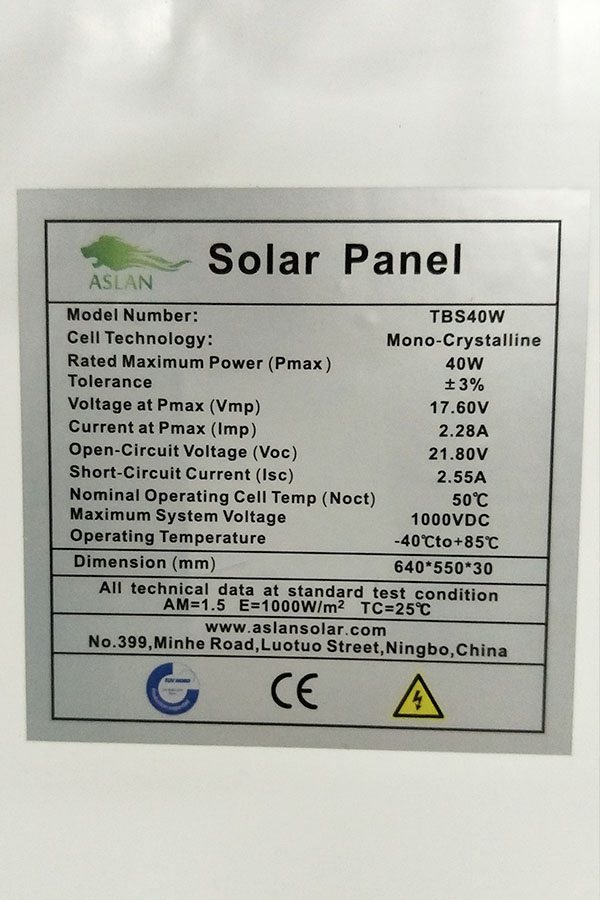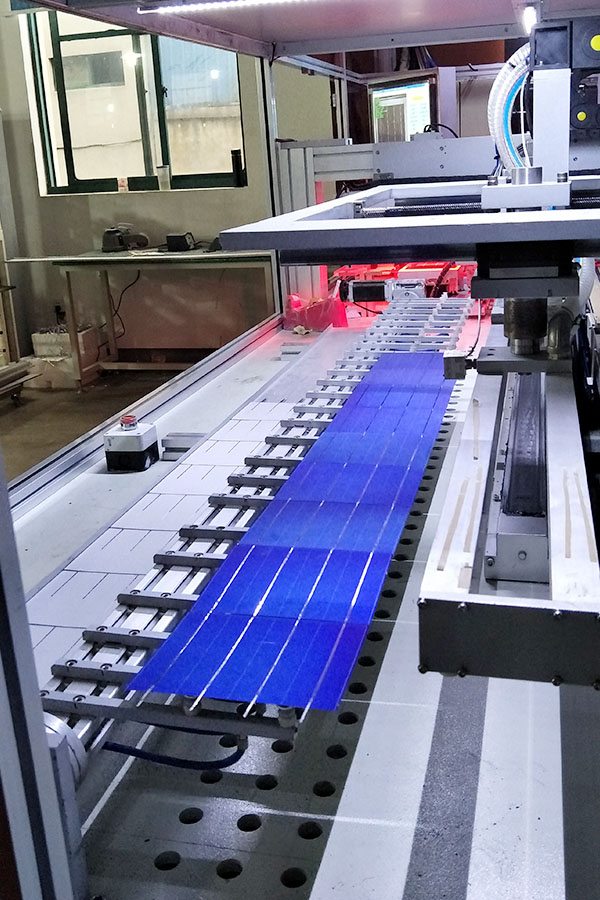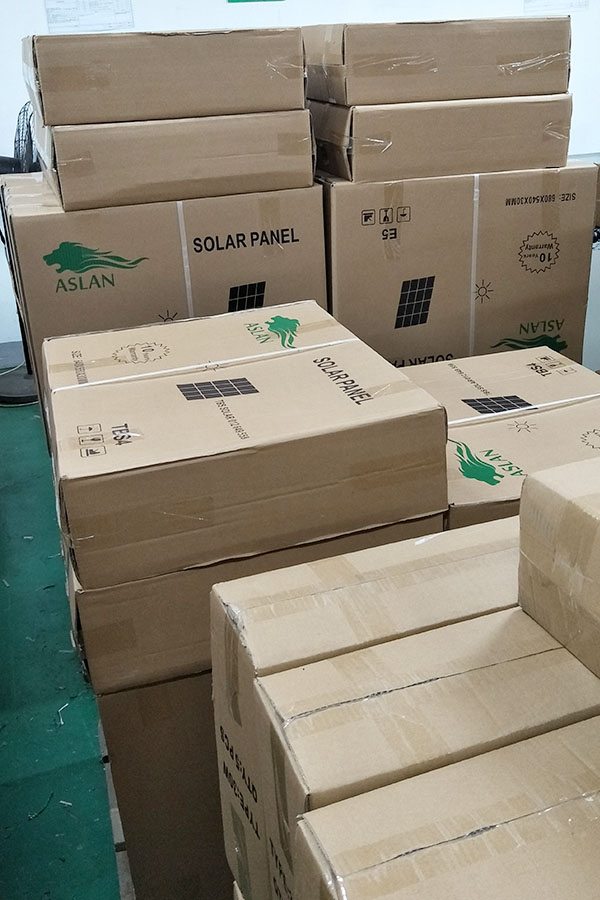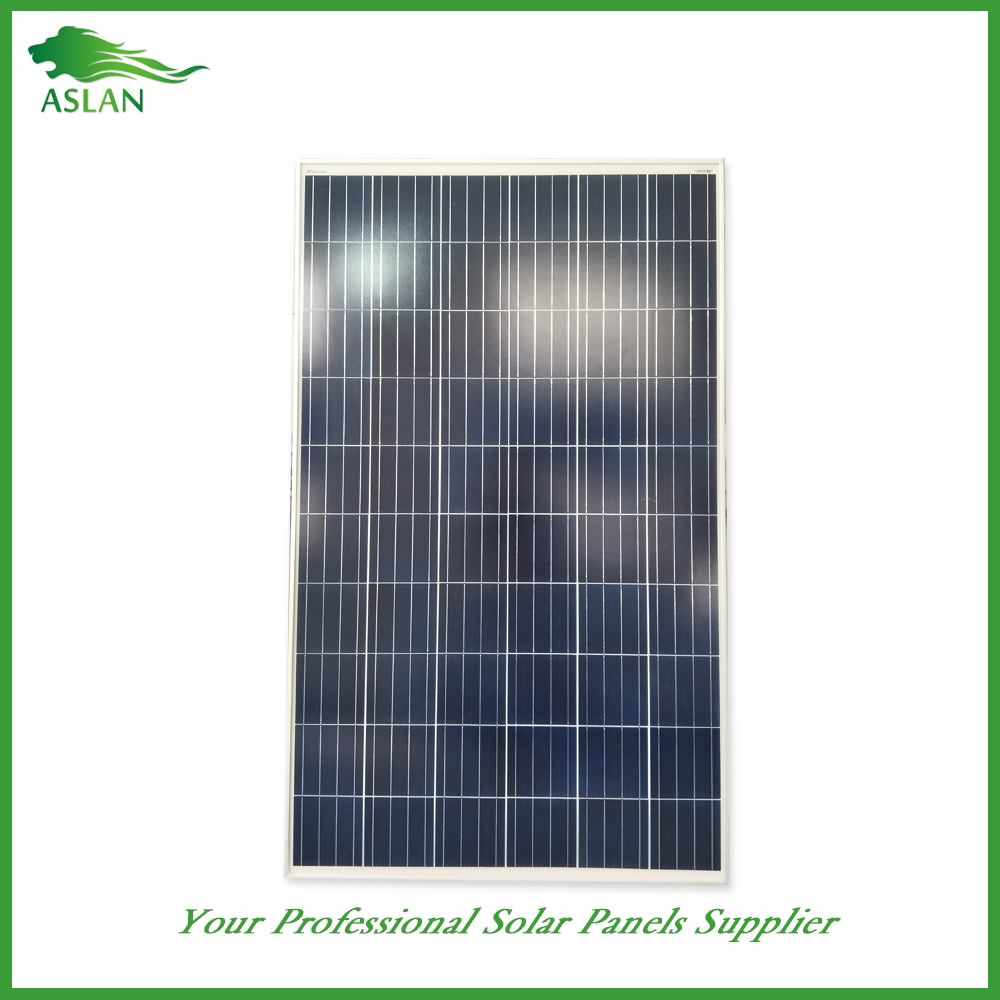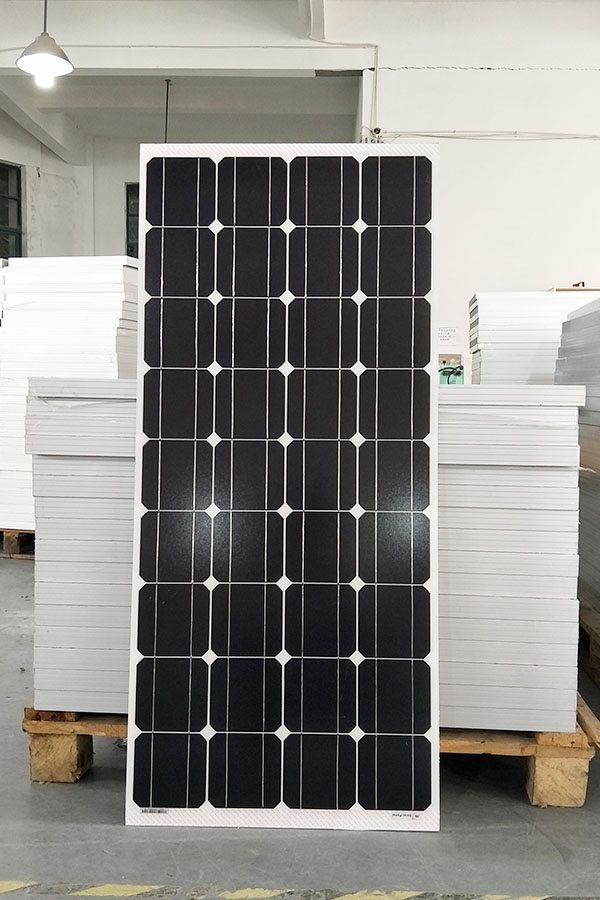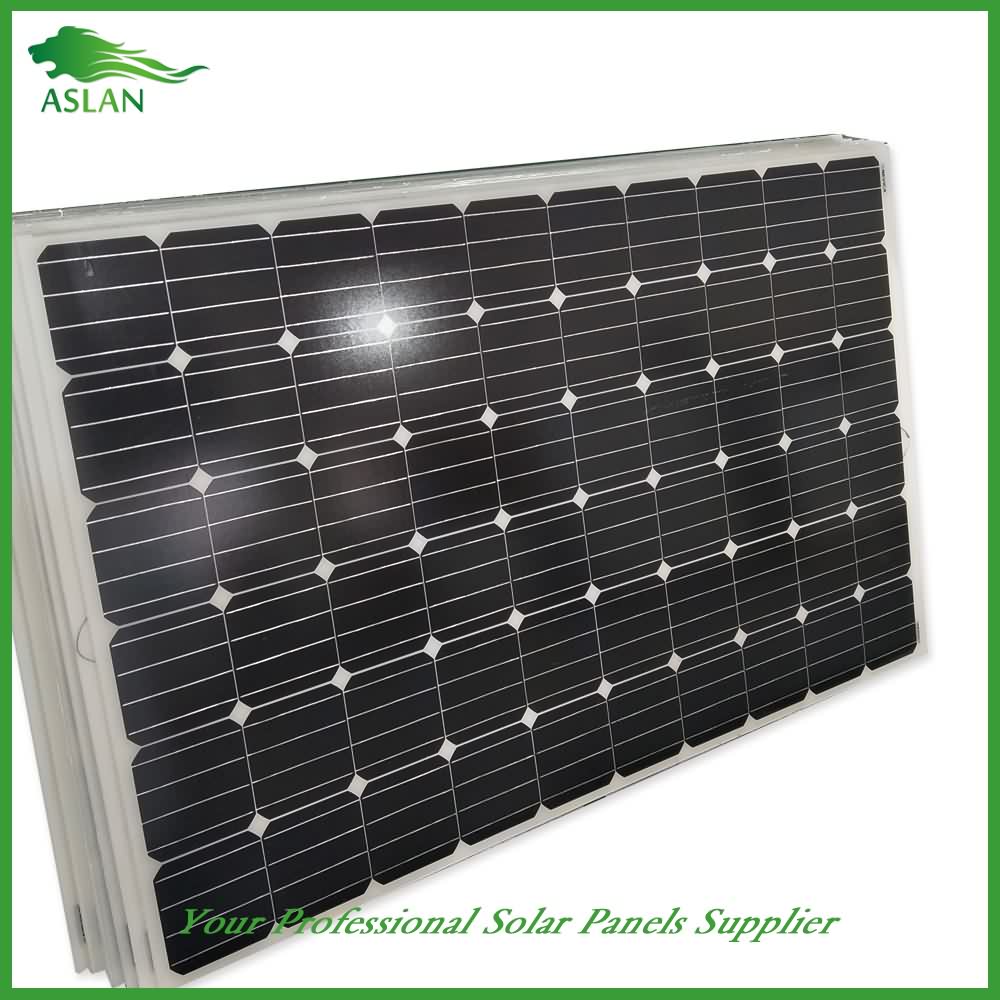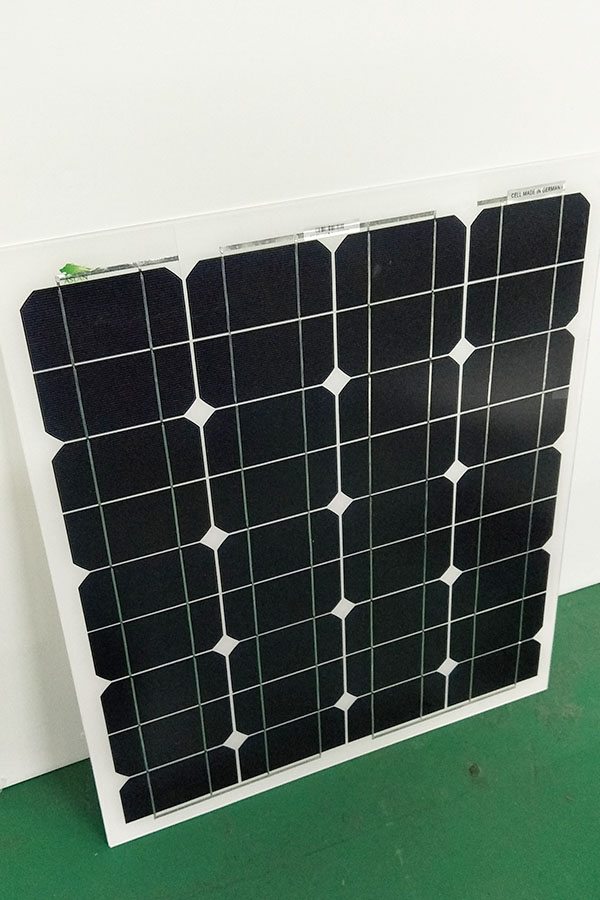Professional Manufacturer for Poly-crystalline Solar Panel 80W for Mexico Importers
Short Description:
"Quality first, Honesty as base, Sincere service and mutual profit" is our idea, in order to develop continuously and pursue the excellence for Professional Manufacturer for Poly-crystalline Solar Panel 80W for Mexico Importers, We warmly welcome all interested customers to contact us for more information.
Poly-crystalline Solar Panel 80W
Technical parameter
Maximum Power(W) 80W
Optimum Power Voltage(Vmp) 18.13V
Optimum Operating Current(Imp) 4.70A
Open Circuit Voltage(Voc) 21.79V
Short Circuit Current(Isc) 5.16A
Mechanical Characteristics
Cell Type Poly-crystalline 156x104mm (6 inch)
No of Cell 36 (4x9pcs)
Dimensions 1008x678x35mm
Weight 8.3KGS
Front Glass 3.2mm,High Transmission, Low Iron,Tempered Glass
Junction box IP65 Rated
Output Cable TUV 1×4.0mm2/UL12AWG,Length:900mm
Temperature and Coefficients
Operating Temperature(°C): -40°C ~ + 85°C
Maximum System Voltage: 600V(UL)/1000V(IEC) DC
Maximum Rated Current Series: 15A
Temperature Coefficients of Pmax: -0.435%
Temperature Coefficients of Voc: -0.35%
Temperature Coefficients of Isc: 0.043%
Nominal Operationg Cell Temperature (NOCT): 47+/-2°C
Materials of solar panel
1).Solar Cell——Poly-crystalline solar cell 156*104mm
2).Front Glass——-3.2mm, high transmission, low iron, tempered glass
3).EVA——-excellent anti-aging EVA
4).TPT——-TPT hot seal made of flame resistance
5).Frame——anodized aluminum profile
6).Junction Box——-IP65 rated, high quality, with diode protection
Superiority: high quality anodized aluminum frame, high efficiency long life, easy installation, strong wind resistance, strong hail resistance.
Features
1. High cell efficiency with quality silicon materials for long term output stability
2. Strictly quality control ensure the stability and reliability, totally 23 QC procedures
3. High transmittance low iron tempered glass with enhanced stiffness and impact resistance
4. Both Poly-crystalline and Mono-crystalline
5. Excellent performance in harsh weather
6. Outstanding electrical performance under high temperature and low irradiance
Quality assurance testing
Thermal cycling test
Thermal shock test
Thermal/Freezing and high humidity cycling test
Electrical isolation test
Hail impact test
Mechanical, wind and twist loading test
Salt mist test
Light and water-exposure test
Moist carbon dioxide/sulphur dioxide
-;-detail description-;-
Buy Now Here On Amazon—Buy Now Here On Amazon— http://breakingnewsdaily.epizy.com/index.php?mod=posting&id=2774
[ln] Products-drive solar-powered water pump, no external batteries, a high degree of water depends entirely on the strength of the sun, when the sunlight is weak, water pumps will not work continuously, once sunlight is stronger it will automatically continue to work. [ln] [ln]
- [ln] Do not submerge solar panels and controllers into water even though it has weak waterproof structure, but not suitable for prolonged immersion in water. [ln] [ln]
- [ln] Please put the pump in water. Keep the solar panel water; otherwise it will get damaged and could not function. [ln] [ln]
-;-end-;-
Printable Solar Panels
Imagine being able to print your own power supply, it would basically mean you were in effect printing your own money.
Well Australian scientists have found a way to print large but extremely lightweight and flexible solar panels.
The scientists at the CSIRO said the A3-sized panels, which are made by laying a liquid photovoltaic ink onto thin, flexible plastic could soon mean everyone has the ability to print their own solar panels in their own home.
“It would definitely be feasible to do that,” said CSIRO materials scientist Dr Scott Watkins.
“The general concept of being able to manufacture on demand, in a house or in a workplace, is really a key feature of what we’re doing.”
CSIRO’s solar panels, which have been in development for seven years with a team of experts at Monash and Melbourne universities, are attracting interest from big companies that see potential for a wide range of applications.
In the short term uses include, putting the panels (which are said to have a feel similar to the pages of a glossy magazine) onto laptops or mobile phones, iPad covers, laptop bags, skins of iPhone. Giving you an hour’s worth of extra power.
In the long term this technology has the ability to transform society and the way we think about obtaining power. For instance they could be printed on to skyscraper windows or roofs, reducing electricity bills to next to nothing.
“We’re actively talking to a Victorian company at the moment about incorporating them into windows,” Dr Watkins added.
The ability to print solar panels is not new in itself – but what is new is the ability to make them as large and powerful as the Australian version.
At the moment, the 30 centimetre-wide panels generate between 10 to 50 watts of power per square metre and have been proven to last at least six months.
But that lifetime and wattage will be boosted in the future and the printers needed to make the panels far smaller, Dr Watkins said.


